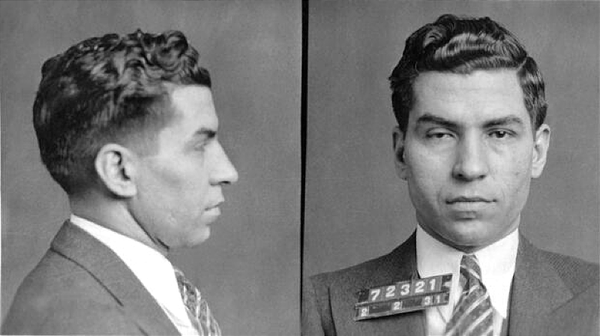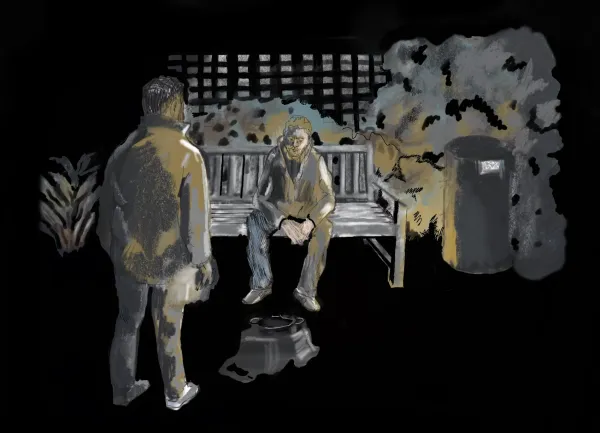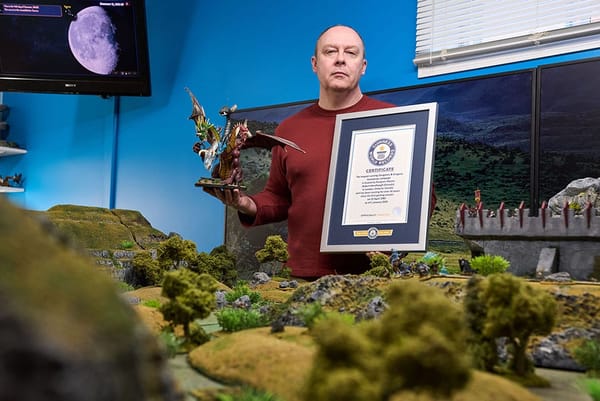This couple had their wedding reception on a NYC subway train

From the Washington Post: “Anna Kohler was running late as she darted toward the L train that was about to leave a New York subway station for her neighborhood in Brooklyn. Like many subway commuters, Kohler, 29, hoped for an uneventful trip to the Morgan Avenue station where she was planning to get off and meet a friend at a nearby bar before heading home. She caught her train but didn’t get the peaceful ride she wanted. Instead, she entered the subway car to find one of the greatest parties she’d ever seen. Fake ivy and gold tinsel hung from the handrails. A red carpet led to a table topped with a five-tiered wedding cake. An emcee on a mic welcomed her and other newcomers. Music, including Snoop Dogg’s “Gin and Juice” was blasting as people danced and screamed. Unbeknownst to Kohler, boarding that particular subway car had made her a guest at a wedding reception for Daniel Jean and Esmy Valdez.”
A murder confession found on a piece of wood in an old house 120 years after the crime
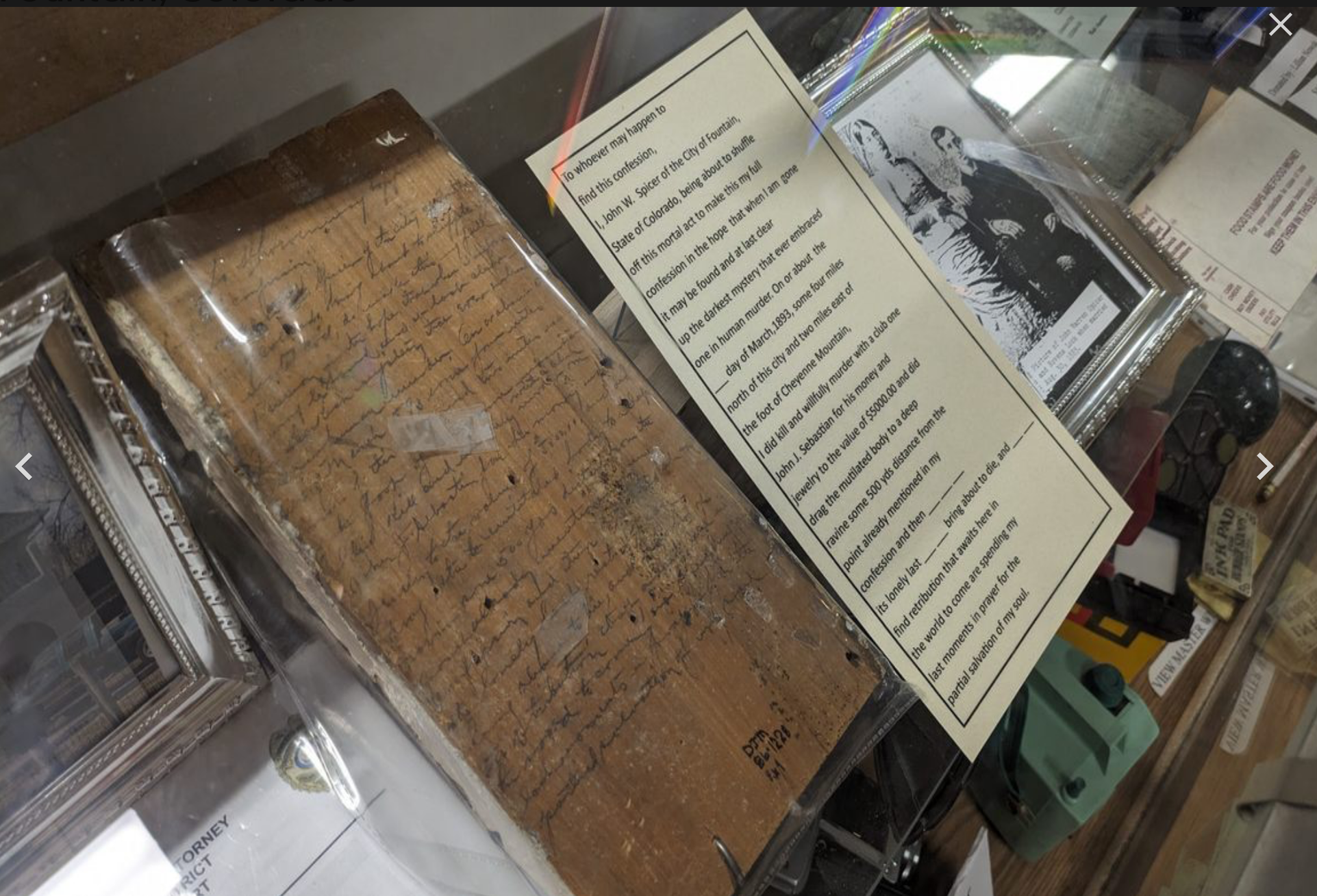
From Atlas Obscura: “Renovating an old home sometimes unearth interesting surprises—a lovely hardwood floor under the carpet, a unique tile pattern in the kitchen, or even treasures hidden in the walls. Of all the strange discoveries that might be had, one of the last you’d expect to find is a murder confession. Yet in one home in Fountain, Colorado, that is exactly what the owners found while remodeling in 1986. The note was discovered on an old piece of molding by the owner’s daughter, who was assisting in the process by removing old nails from discarded wood. They called a reporter, who brought the confession to the police for analysis, and they confirmed that the handwriting matched the style of the time. The note describes in detail how Spicer killed Sebastian, as well as the motive: getting $5,000 worth of jewelry and cash.”
Even the inventor of the polygraph didn’t believe that it could detect lies
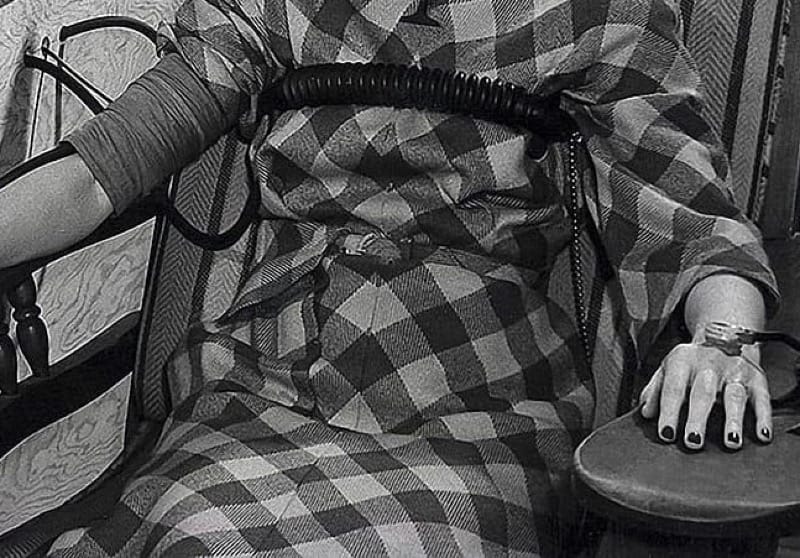
From LitHub: “The polygraph’s most commonly credited inventor is John Larson, an employee of the Berkeley Police Department, who developed a new device for interrogations in 1921. Larson was twenty-nine at the time. Larson’s machine was not so much an invention as it was an amalgam of existing devices. He didn’t believe it detected lies and didn’t call it a polygraph: Larson referred to his machine as an “emotion recorder.” His protégé and rival, Leonarde Keeler, would later come up with the term polygraph to help commercialize the device. But polygraph does not mean “lie detector.” Larson himself repudiated that term for the rest of his life. But that fact didn’t get in the way of a good story. Once the polygraph was adopted by police across America and heralded in the popular media, it took on a mythical new name: the lie detector.“
(Editor's note: If you like this newsletter, please share it with someone else. And if you really like it, perhaps you could subscribe, or contribute something via my Patreon. Thanks for being a reader!)
He was one of the world’s most famous female impersonators in 1910
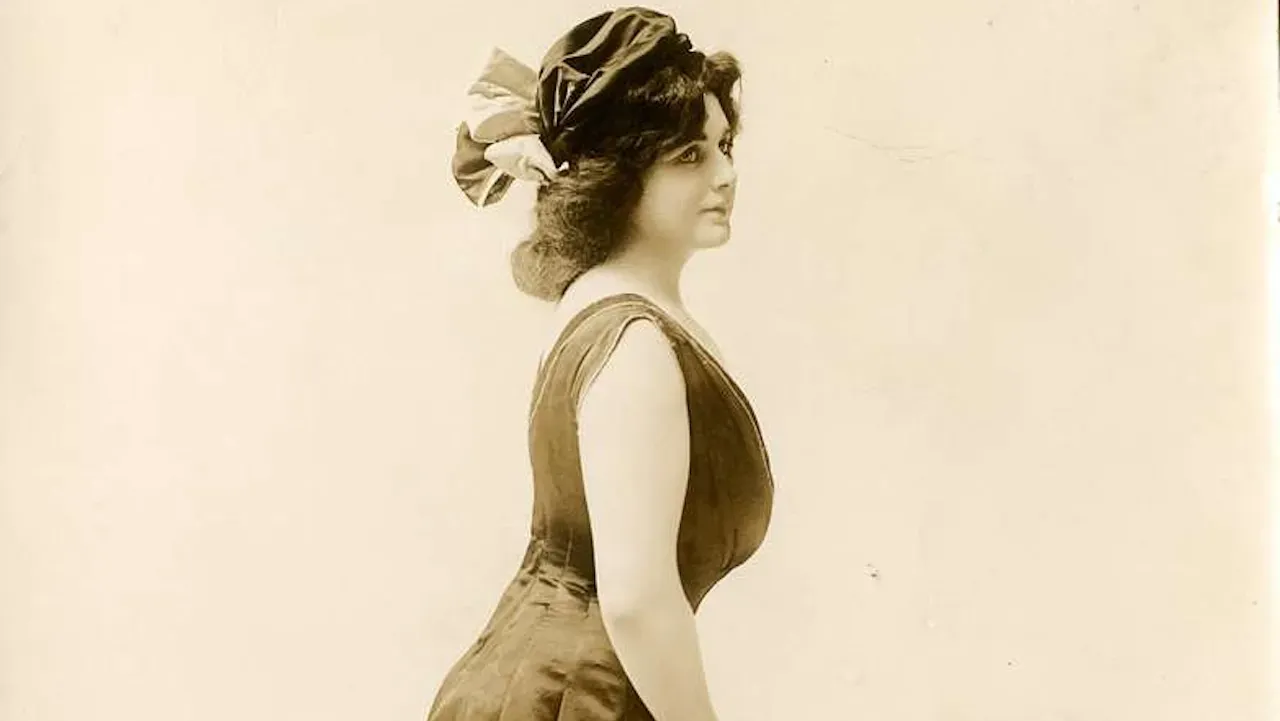
From Boing Boing: “For Eltinge, gender was a literal performance. On stage, he dressed up as various women, performing miraculous feats of costume changes while also deftly reinforcing the expectations of what the ideal American woman should look like. But as Erdman's deeply-researched writing shows (seriously: half this book is footnotes and a bibliography that frequently finds original sources), Eltinge performed just as much offstage, too — creating the illusion of a macho, self-made man, that similar reinforced white Christian patriarchal gender stereotypes. Like so many successful American carnival barkers, Eltinge was full of shit, telling flagrant lies to sell his product. Sometimes, that product was theatre tickets; sometimes, it was a makeup line, but always, at the end of the day, that product was his image — specifically, the image of a rugged American male who pulled himself up by his bootstraps.”
She picked up a rock 10 years ago that might hold the oldest form of life on Earth
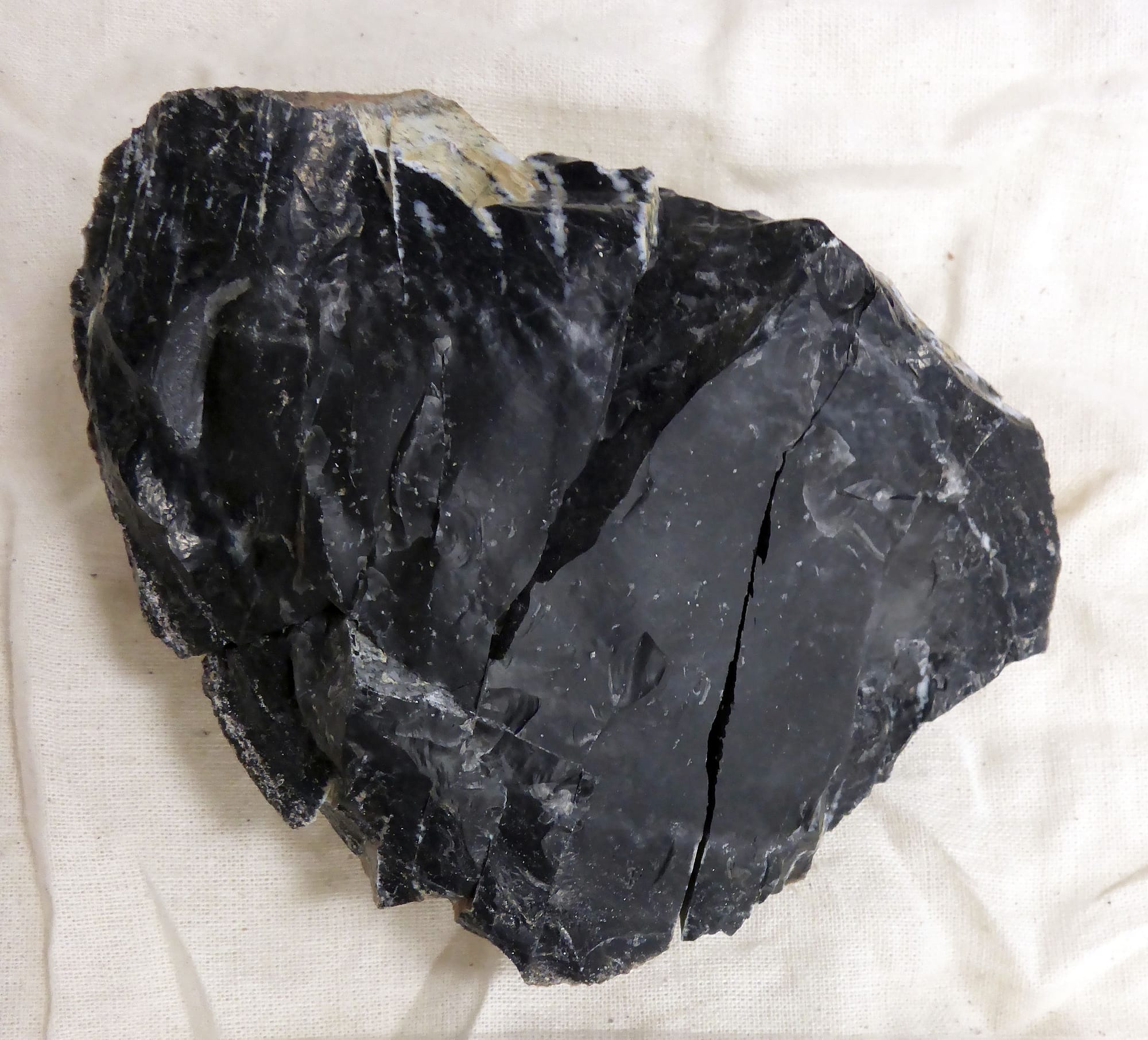
From UNSW: “The uncanny discovery started a decade ago, when she was on an undergraduate field trip with her research team in the Western Australian outback. She was there studying large, layered limestone rocks called ‘stromatolites’ as part of her Honours research project. Barlow was walking back to the campsite one afternoon when a small, shiny black rock reflecting the sunlight caught her eye. It stood out to her in the otherwise red landscape, so she picked it up as a memento of her trip. It wasn’t until her supervisor walked past her desk one day that she learnt just how rare these rocks – called black chert – were. “Did you know black chert are known to hold microfossils?’ she recalls him saying at the time. “You should really investigate that.” She took her pet rock to the lab and prepared a sample for the microscope, and not only did Barlow find a microfossil staring back at her, but a microfossil so unique that she didn’t recognise it."
Houses on wheels were the height of high-end vacationing in the 1920s

From Book of Joe: “These structures, colloquially known as mobile homes, offer a captivating glimpse into a bygone era, when flexibility, craftsmanship, and the open road beckoned to a generation yearning for adventure. The concept of mobile living was not entirely novel during this era. However, it was during the early 20th century that it gained significant traction. The Smithsonian awards the honor of being the nation's first recreational vehicle to Pierce Arrow's Touring Landau in 1910. The model was shown at Madison Square Garden and offered to the public for $8,250. It lists a phone line to connect the trailer to the driver and has a chamber pot. In 1923, a Nomad house car was built on the chassis of the Ford Model TT. It was owned by novelists John Stanton and Mary Chapman for 47 years and they traveled in it to 24 states. In 1927 Leonard S. Whittier built a custom RV on the chassis of a Brockway model H bus. It had wicker chairs, bookcases, a refrigerator, and a sink as well as an electric stove.”
Hognose snake pretends to be dead to trick predators
Hognose snake theatrically fakes passing away to avoid predation
— Science girl (@gunsnrosesgirl3) July 16, 2024
This behaviour is called Thanatosis
📹 willrobertsonwildlife
pic.twitter.com/5TG2SZRXjz
Acknowledgements: I find a lot of these links myself, but I also get some from other newsletters that I rely on as "serendipity engines," such as The Morning News from Rosecrans Baldwin and Andrew Womack, Jodi Ettenberg's Curious About Everything, Dan Lewis's Now I Know, Robert Cottrell and Caroline Crampton's The Browser, Clive Thompson's Linkfest, Noah Brier and Colin Nagy's Why Is This Interesting, Maria Popova's The Marginalian, Sheehan Quirke AKA The Cultural Tutor, the Smithsonian magazine, and JSTOR Daily. If you come across something interesting that you think should be included here, please feel free to email me at mathew @ mathewingram dot com
